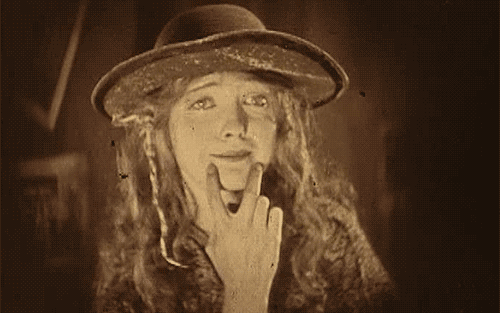William Wesley Young
The Young Family around 1890 (Top to Bottom): Charles, Hettie, Art and William.
The Goetz brothers started their business at a time when film was just beginning to be appreciated as a way of educating the public. Of course, newspapers, magazines and trade journals had served this same end for quite some time. In order to capitalize on print ‘know-how’, early movie executives (particularly in Chicago) sought to recruit newspapermen to run their production and distribution units. This is how William Wesley Young found his way into the film business.
William was born in Orangeville IL in 1868, but his father, a prosperous grocer, moved the family to Monroe when William was still a toddler. Although William’s brother Art Young, the progressive/pacifist/socialist cartoonist, is probably the most famous member of the family, William was the most politically influential.
Having convinced UW-Madison to open a school of journalism where he earned his B.A., William moved to New York City in 1894 and quickly worked his way up to editing the New York World. After six years William moved back to Chicago to be editor at the Daily Journal, then returned to NYC to edit Hampton’s Magazine, Good Housekeeping and The Publisher’s Guide in succession. He then joined the staff of the McClure Newspaper Syndicate. At around this time William Young made contacts inside the Roosevelt family circle which greased his way into more clandestine ‘public education’ work.
In the run-up to the USA’s entry into WWI, William branched off into different areas of promotion. He edited war films for the British government in NYC. He also wrote a book-length ad, “The Story of the Cigarette” in support of the campaign to send free cigarettes to American troops in Europe. While the origins of this effort most certainly lay with the Duke family, the campaign was strongly supported by NYC theater operators too.
By the war’s end, William had taken over management of Mischa Appelbaum’s Humanitarian Cult magazine, which steered the East Coast socialist movement down more capitalist- and war-friendly channels. What Art would have thought of this is anybody’s guess, but more illustrious things were yet to come for his brother William.
In 1921 William got in on the ground floor of the film industry’s collaboration with the Department of Education as a member of the “Committee on Pedagogical Research in Visual Education” hosted by Educational Film Magazine. Young’s qualifications probably stemmed from his work on “preparedness” war films for London. As a member of this committee, William sat next to men like A. A. Brill, a veteran of the Austro-Hungarian military who at that time served as Sigmund Freud’s representative in New York City. The kid from Monroe had made good.
After his work alongside Brill, Young’s career took another irregular turn. He was no longer associated with any for-profit undertaking, but identified himself as being from ‘The New York Friars’ Club’, which is a tony social club for New York City theatrical men. I could find no record of William Wesley Young serving this institution in any capacity, though he may have been a member.
Starting in the 1930s, Young and his wife began touring the world and observing politically interesting developments like the 1930 Oberammergau Passion Play, which was attended by both Henry Ford and National Socialist leader Adolf Hitler. Whether Young’s visit had anything to do with his work for the socialist-leaning Humanitarian Cult in NYC, which was also backed by Ford, is an open question.
While Young was never poor, it is somewhat of a mystery how he supported himself through three world tours drawn out over a decade. (He claimed to have visited 65 countries and some of these multiple times.) It is possible that gathering information was his job , which would be in keeping with his previous career moves.
In my book, I’ll explain how Young’s work influenced the film-based health education movement which was such a big part of both the UW-Madison’s early history as will as Leon Goetz’s business. I’ll also look at Edith May’s shadowy connection to a “Mr. Young” during her Ziegfeld experience and her subsequent syndicated newspaper column.
Educational Film Magazine, January 1921








